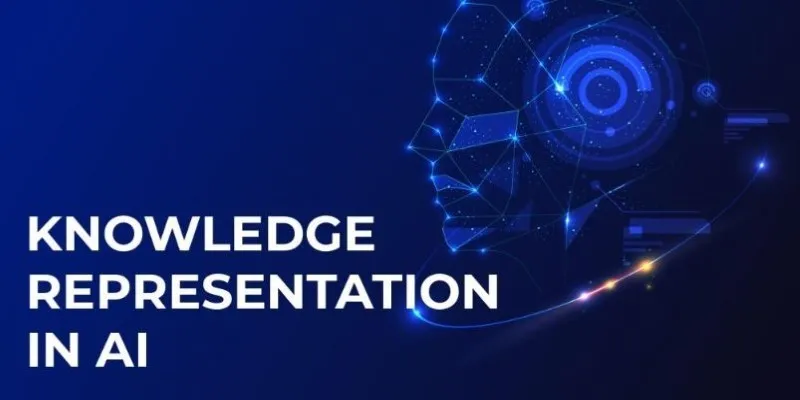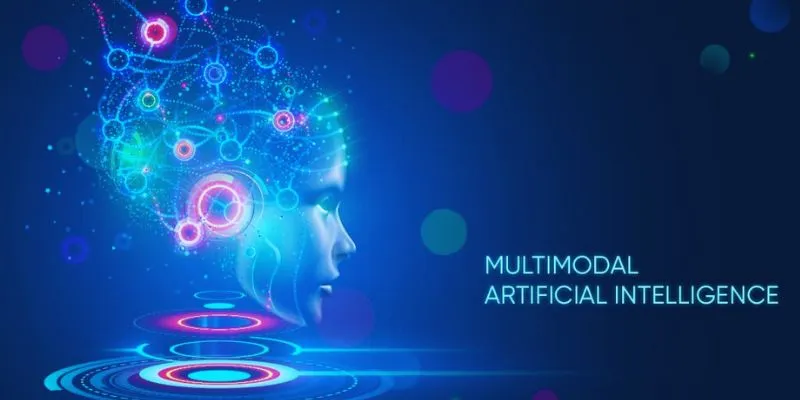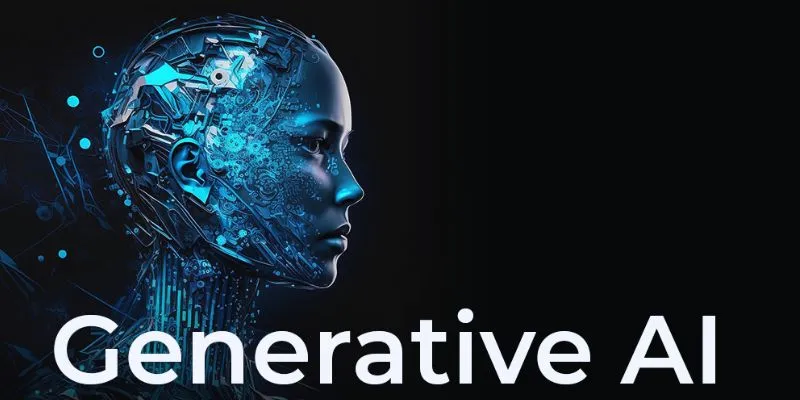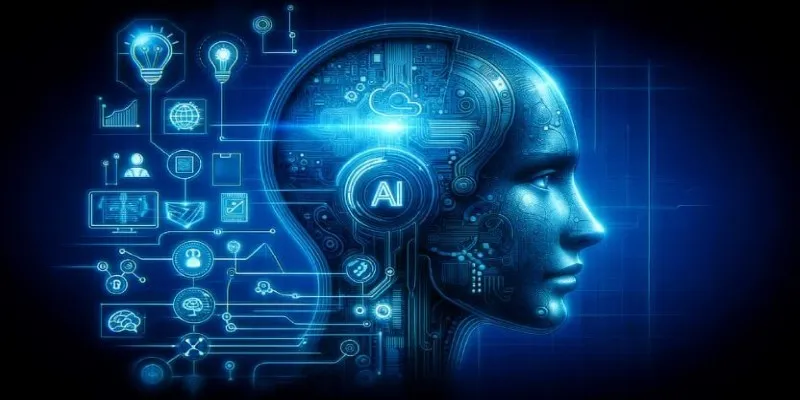Artificial Intelligence (AI) has a rich, intriguing past, evolving from theoretical ideas to revolutionary technologies. This article examines the milestones of AI development, its significant breakthroughs, leading figures, and revolutionary innovations. Follow us on this timeline to appreciate how AI has molded the past and is shaping the future.
The Origins of Artificial Intelligence

The development of AI begins in ancient times when human consciousness and thinking were theorized by philosophers. Early Greek philosophers, such as Aristotle, delved into reason in the context of systematic logic, laying the foundation for formal systems that would eventually impact computer science. Concepts akin to AI existed in mythologies, such as the myth of Talos, a man- made, thinking creature in Greek mythology. These myths immortalize humanity’s timeless obsession with creating artificial life.
Fast forward to the 17th and 18th centuries, and ideas of mechanizing intellect began to flourish. Mathematicians like Blaise Pascal and Gottfried Leibniz worked on trailblazing calculating machines that demonstrated computers could mimic elements of the human mind. These were the humble beginnings on which today’s computers are built.
The Beginnings of Modern AI (1940s-1950s)
The origins of contemporary AI are found in the mid-20th century. In the 1940s, pioneering research in computer science set the stage for intelligent machines. The father of AI, Alan Turing, formulated the idea of a “universal machine” that could compute any mathematical problem. In 1950, his Turing Test emerged as one of the earliest serious proposals for testing a machine’s ability to behave intelligently.
Simultaneously, the development of neural networks started laying the groundwork for machine learning. Warren McCulloch and Walter Pitts proposed a model of artificial neurons in 1943, outlining how they might simulate natural brain processes. By 1956, the Dartmouth Conference coined the term “artificial intelligence,” effectively announcing AI as a research area. The conference, organized by John McCarthy, Marvin Minsky, and others, laid the foundation for early AI research.
The Golden Age and Early Enthusiasm (1950s-1970s)
The 1950s and 1960s saw explosive progress in AI, fueled by enthusiasm and considerable resources. Researchers crafted early AI software to solve mathematics problems, undertake logical thinking, and even play chess. Notable examples include the Logic Theorist, developed by Allen Newell and Herbert A. Simon, and IBM’s computer program, which won its first human match in checkers.
AI systems ventured into applications such as language translation and problem-solving. Joseph Weizenbaum’s ELIZA, an early natural language processing system, mimicked a conversation with a therapist, marking a milestone in human-computer interaction.
However, difficulties soon arose. Hardware and software limitations, combined with unrealistic expectations, slowed progress. During the 1970s, funding was cut back, leading to the first “AI winter.”
Advancements and Challenges in the 1980s
Despite the AI winter setbacks, the 1980s witnessed a resurgence in AI research, driven by expert systems development. These AI programs were designed to solve specific, domain-related problems by mimicking human expertise. A famous example is MYCIN, used in medical diagnostics. Funding increased as industries began recognizing AI’s potential for solving real- world problems.
However, the limitations of expert systems became evident over time. They were labor-intensive and inflexible, prompting researchers to shift towards machine learning and data-driven methods. The 1980s also saw robotics’ progress, with AI-controlled machines gaining popularity in manufacturing sectors.
The Rise of Machine Learning (1990s-2010s)
The 1990s marked a turning point for AI, as the discipline shifted towards data-driven approaches and machine learning. The rise in computing power and access to large datasets enabled the creation of more advanced algorithms. Perhaps the most widely reported success was IBM’s Deep Blue beating world chess champion Garry Kasparov in 1997, demonstrating AI’s increasing ability in strategic problem-solving.
The 21st century brought the latest wave of AI innovation, with deep learning—a type of machine learning using artificial neural networks with many layers—leading the charge. Google, Microsoft, and Amazon became major players in AI research, driving major leaps in image recognition, voice assistants, and self-driving cars.
AI applications grew exponentially in the 2010s. Virtual personal assistants like Siri and Alexa entered homes, converting natural speech into executable instructions. AI-driven autonomous cars began to appear on roads, and robotics advancements turned AI-driven machines into crucial components of businesses such as healthcare, logistics, and space research.
Modern AI and Ethical Considerations
Artificial Intelligence has become a powerful force in shaping modern society, but it also raises important ethical questions. Concerns about data privacy, algorithmic biases, and the potential misuse of AI in surveillance are central to ongoing discussions. Balancing technological advancement and ethical responsibility is critical.
- AI systems can reflect or amplify biases in their training data, leading to unfair outcomes or reinforcing stereotypes. Addressing this requires careful data selection and ongoing monitoring.
- Excessive reliance on AI can reduce human oversight in hiring, lending, or medical diagnoses, leading to less empathetic decisions that overlook unique circumstances.
- Misuse of AI for surveillance threatens privacy, enabling intrusive monitoring without consent. This raises concerns about trust and how data is used or shared.
- Clear regulations and transparency are key to ethical AI use. Guidelines and accountability ensure AI is deployed responsibly with society’s well-being in mind.
The Future of Artificial Intelligence
The future of AI promises to transform nearly every aspect of our lives. Technologies like quantum computing and advanced robotics are driving the next wave of innovation, unlocking new possibilities in problem-solving and efficiency. AI can also help tackle global challenges, such as combating climate change with smarter energy systems and improving healthcare through early disease detection, personalized treatments, and better resource allocation in underserved areas.
However, as we advance, balancing innovation with ethical responsibility is crucial. Issues like data privacy, algorithmic bias, and AI’s impact on jobs and society must be addressed carefully. Collaboration among researchers, policymakers, industry leaders, and ethical experts is essential to ensure AI serves humanity’s collective interests. By working together, we can harness AI’s potential for good while minimizing risks, shaping a future where technology benefits everyone.
Conclusion
The history of artificial intelligence is a testament to human ingenuity and curiosity. From ancient philosophical musings to cutting-edge technologies, AI has evolved through centuries of trial and discovery. By understanding its history, we can appreciate the progress made and prepare for the challenges and opportunities that lie ahead. AI continues to shape our world, and its full potential remains to be unlocked.
 zfn9
zfn9























